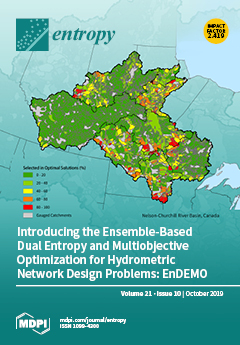Numerical calculation of conjugate heat transfer was carried out to study the effect of combined film and swirl cooling at the leading edge of a gas turbine vane with a cooling chamber inside. Two cooling chambers (C
1 and C
2 cases) were specially designed to generate swirl in the chamber, which could enhance overall cooling effectiveness at the leading edge. A simple cooling chamber (C
0 case) was designed as a baseline. The effects of different cooling chambers were studied. Compared with the C
0 case, the cooling chamber in the C
1 case consists of a front cavity and a back cavity and two cavities are connected by a passage on the pressure side to improve the overall cooling effectiveness of the vane. The area-averaged overall cooling effectiveness of the leading edge (
) was improved by approximately 57%. Based on the C
1 case, the passage along the vane was divided into nine segments in the C
2 case to enhance the cooling effectiveness at the leading edge, and
was enhanced by 75% compared with that in the C
0 case. Additionally, the cooling efficiency on the pressure side was improved significantly by using swirl-cooling chambers. Pressure loss in the C
2 and C
1 cases was larger than that in the C
0 case.
Full article






